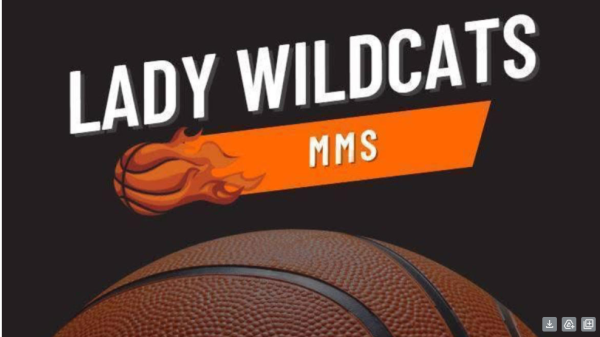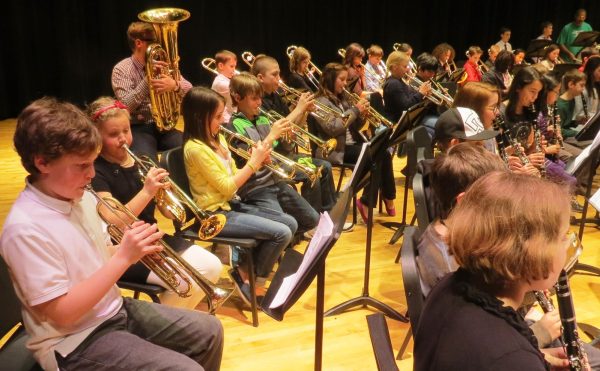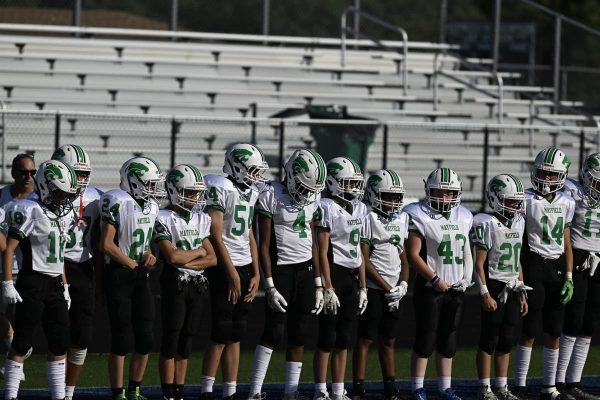Math department gets new textbooks
Sixth through ninth grades now have math textbooks, and other grades in the district are in the works. The textbook and program, Big Ideas Math, features a traditional textbook, an accompanying student journal, and an online companion.
The program is a product of Big Ideas Learning. According to their website, “Big Ideas Math is a research-based program providing a rigorous, focused, and coherent curriculum. The program balances conceptual understanding with procedural fluency, as research shows that students benefit from equal exposure to discovery learning and direct instruction.”
The textbooks are created by Dr. Ron Larson and Dr. Laurie Boswell, who both hold doctoral degrees and have been writing textbooks together since 1993.
The online system offers online lessons, videos, digital manipulatives, and games. The online practice uses different question types: “Question types include technology-enhanced items such as drag and drop, graphing, point plotting, multiple select, and fill in the blank using math expressions.”
This online system, which Big Ideas calls their “dynamic classroom” also has an assessment tracker for teachers, where teachers can get data on how students are performing on different skills.
Mr.Carlson, eighth-grade math teacher, explained that while the math department previously had a textbook, they were outdated and therefore not being used very much. Most of the lesson materials and assessment were created by the teachers themselves.
The hope in getting the new textbook was that there would be better alignment as students move upward through the grades. “In theory, we’d all speak the same language,” said Mr.Carlson. He gave the example that if your sixth-grade teacher called a concept one thing, your seventh-grade teacher another, and your eighth grade teacher something else, the result would be confusion.
Prior to getting the textbooks, Mr. Carlson said, as an eighth-grade teacher he had “no clue what they were doing in seventh.”
In addition to helping with consistency from grade to grade, the teachers also want the new textbook to be a tool or resource that will help students when having trouble. “The more tools you have, the more learning you can do,” said Mr.Carlson. Students can access the textbook and lessons from home; and parents have access to these as well. The online classroom also has a live chat feature for students to utilize.
According to Mr. Carlson, the textbook provides materials that the teachers would have had to create themselves in the past. The result, he says, is that the math department can now “think about how we teach rather than what we teach.” Without having to create classroom practice, lessons, and assessments from scratch, the teachers’ time will be freed up to focus on how to best present the material and assist students.
The textbook provides a framework, but its use will vary from teacher to teacher. Some teachers will be using it closely while others will fit some of it into their lessons they already have been doing. Teachers will still use strategies and lessons that have been successful in the past and use the textbook to supplement those.
The Big Ideas text was selected by the “Math Task Force,” which met throughout the 2017-2018 school year. The task force was made up of different math teachers representing different grades along with Mr.Sheppard, who is the MMS assistant principal as well as a former high school math teacher. They looked at three different programs and decided that Big Ideas was the best fit.






